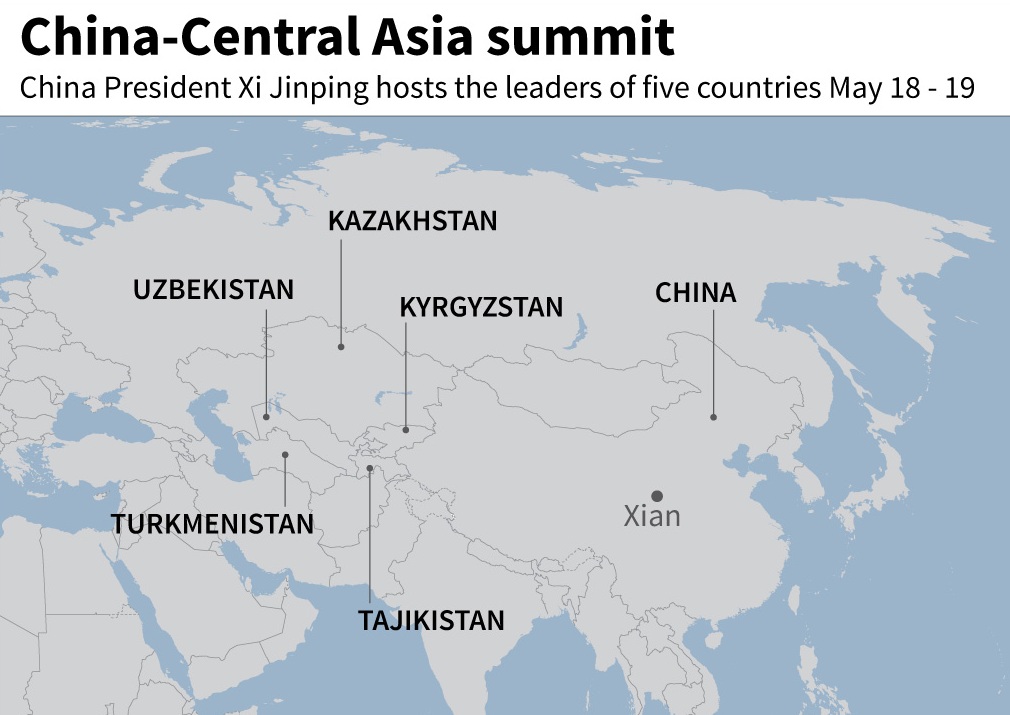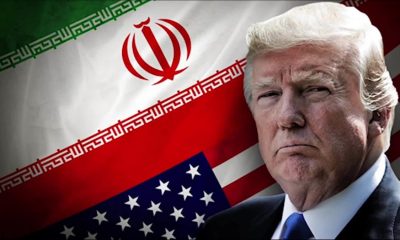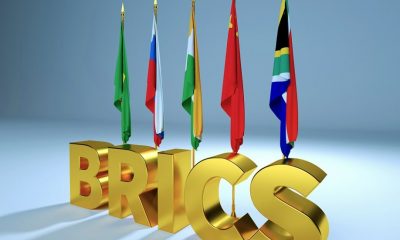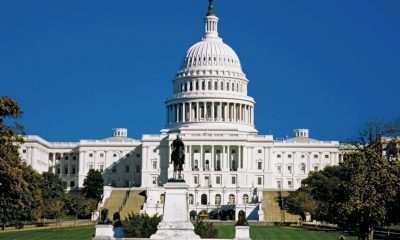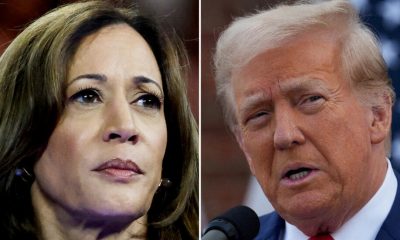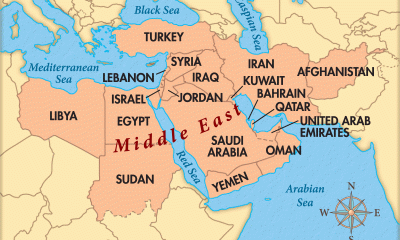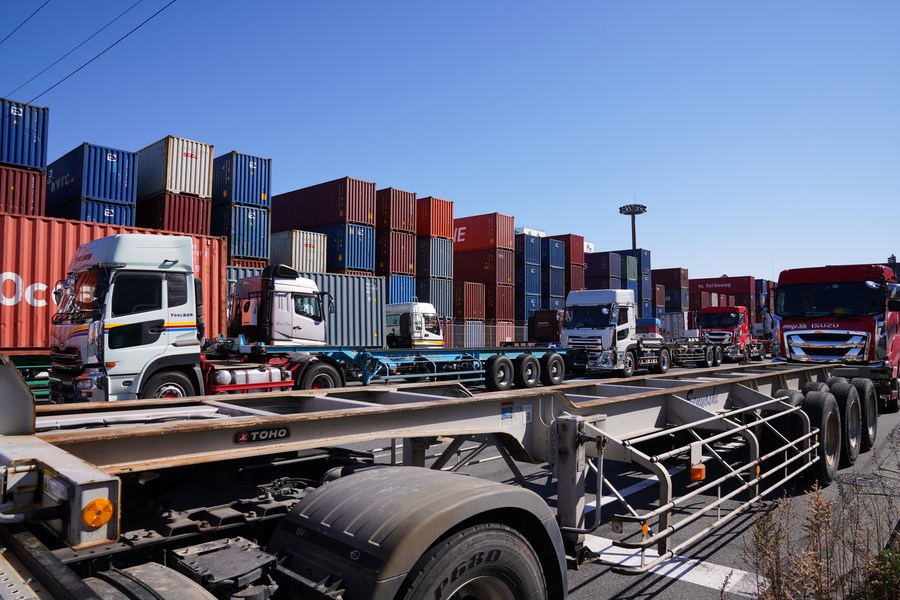A milestone two-day summit is about to take place from tomorrow (18th and 19th) in the northwest Chinese city of Xian where leaders from five-Asian States will attend and they will be welcomed by the Chinese President Xi Jinping.
Beijing for the first time will host an in-person summit of central Asian leaders with core intention to cement ties in a region, where President Xi is expected to discuss deepening economic and security links with counterparts of the five-Asian countries.
The presidents of Kazakhstan, Kyrgyzstan, Tajikistan, Turkmenistan and Uzbekistan will discuss ways and means to further strengthen ties among themselves and with China collectively. The core goal behind the summit is to build a strong foundation of cooperation and send a clear message of solidarity, peace and development to the world in such a tense situation.
The world is in dire of need of healing and solidarity. There is hardly any good news, rather the headlines are more on war, political crisis, economic hardship, racism, unhealthy competition, and so on… In such a tense situation, seeing at least leaders from Central Asians under one roof with the leader of China to work for peace and economic development is encouraging.
Diplomatic relations between China and five Central Asian countries goes back to 30 years ago, and since then they developed strategic partnership and tried to open new ways and paths to explore good neighborliness and engage in win-win situations.
The countries have gone through a batch of cooperation projects with China has been the main executor of them as Beijing is running big projects to create a good economic atmosphere for these five countries.
Achievements in exploring cultural communication, initiating people-to-people exchange programs with bigger development projects in oil and gas extrication plus transportation, trade, connectivity, investment and other projects made relations between China and these countries much different and unique. Meanwhile, it is not the way that all is good and there is no external threat to undermine their ties and great gap between them.
US unhappy with China-Central Asian countries growing relations
The Joe Biden administration has never wanted China and the Central Asian countries to come closer and engage in politics, economic, culture, educational and other mutual activities.
The US has recently tried to strengthen ties with Central-Asian states amid the Russian-Ukraine crisis and also to stop the rapid path of progress between China-Central Asian states. It is believed that the US is trying to gain influence in the region to secure its own interest in the region, especially after leaving Afghanistan in a hasty withdrawal process.
The US’s sudden interest in the region speaks loudly of US desperation to find a new alliance, but it seems difficult and the US is no more trust-worthy after looking at what it has done in regards to the situation in Syria, Iraq, and Afghanistan.
China-region ties won’t affect
The irresponsible withdrawal from Afghanistan after 20 years can serve as a concrete example of Central Asian states to avoid falling down to each empty promise of the US. In a clear attempt, earlier this year, US Secretary of State Antony Blinken visited Kazakhstan and Uzbekistan, where he signaled that his country is changing tack in the region.
Bringing the Russian-Ukraine war as an excuse, the US said that Washington is seeking to step up engagement with the region in order to help countries facing economic fallout as a result of the conflict.
The US is undermining the relation between China-Central Asian states, and thinks it can easily penetrate and spoil the process. The US must understand that relations between China and Central Asian states are based on win-win results and mutual trust and respect. No chance stands for the US to affect China’s ties with the region, especially in such a time when it has become clear that the US is only serving its own interests and really doesn’t care about others.
Mutual trust
China wants to promote a new alternative to the global order and the Central Asian region is the best option for that achievement. This year, Xi also visited for the first time Turkmenistan, Kazakhstan, Uzbekistan and Kyrgyzstan, where he said they were “neighbors” connected by common mountains and rivers.
Xi also paid a state visit to Tajikistan where the leaders reached an important consensus to further deepen bilateral ties. During his speech, Xi said that China highly values its friendship and cooperation with these countries and takes them as a foreign policy priority.
To show in reality the policy priority, President Xi’s active involvement and personal engagement to the summit has been delivering the commitment he has to strengthen ties with Central Asian states. The summit also indicates the successful diplomatic efforts and growing regional influence of China by establishing comprehensive strategic partnerships with all five Central Asian countries. The process also demonstrates high levels of trust and cooperation between them.
It is worth mentioning that the summit comes just days before the G7 Summit due to be held from Friday to Sunday in Hiroshima, Japan. Reportedly the G7 member states are expected to discuss issues related to economic security and how to counter China’s economic coercion and ending dependence on China in fields such as semiconductors and critical minerals.
China is unstoppable
China is following its vision of Belt and Road Initiative (BRI) where the Central Asian countries will be benefited the most. No power can stop China from pursuing BRI and the Central Asian states understand the economic and security benefits of the multi-billion dollar project.
Meanwhile, China’s trade with these five countries increased to $70.2 billion in 2022, a great achievement that could be doubled once BRI further implemented. Moreover, as of the end of March, China’s direct investment stock in the five Central Asian countries stood at over $15 billion.
In a press conference, China’s Foreign Ministry spokesman Wang Wenbin had said that the summit, historically known as Chang’an, the starting point of the ancient Silk Road, will further build up the consensus between China and the Central Asian countries on high-quality development of the Belt and Road.
China invests in Afghanistan
Afghanistan is also one of the neighbors of China, and a great contributor to the Silk Road before war. Now when BRI is replacing the Silk Road, Afghanistan under the Taliban rule also showed interest to be part of the project. The Taliban has become a pioneer to promote the BRI and turn Afghanistan toward an economic country through active engagement in the project.
China has shown interest to invest in the gas and oil sectors in Afghanistan, and the spokesman for the Ministry of Mines and Petroleum, Homyaoon Afghan, said that they have provided essential facilities for the investors.
While thanking Chinese investors, Afghan said that Afghanistan is rich in gas and oil and it will help bolster up the economy once the extraction process starts.
In January, Taliban also signed a contract with a Chinese company to extract oil from the Amu Darya basin, where Afghan Minister of Mines and Petroleum Shahabuddin Delawar, said the first three years will be exploratory and that in this period more than $540 million will be invested.
It is worth mentioning that the Ministry of Industry and Commerce had earlier reported that China had invested and signed contracts worth $2 billion in investment in Afghanistan since the takeover of Taliban in 2021.

 EUROPE3 days ago
EUROPE3 days ago
 EUROPE2 weeks ago
EUROPE2 weeks ago
 AMERICA2 weeks ago
AMERICA2 weeks ago
 ASIA2 weeks ago
ASIA2 weeks ago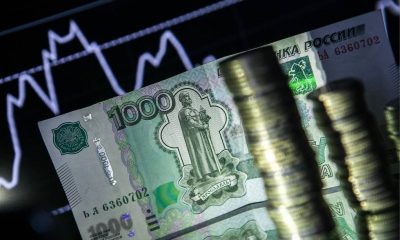
 RUSSIA2 weeks ago
RUSSIA2 weeks ago
 ASIA2 weeks ago
ASIA2 weeks ago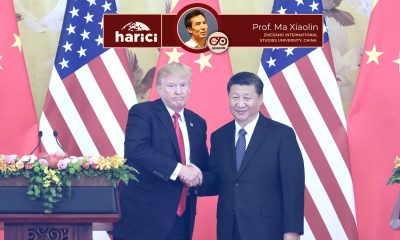
 OPINION2 weeks ago
OPINION2 weeks ago
 AMERICA1 week ago
AMERICA1 week ago
